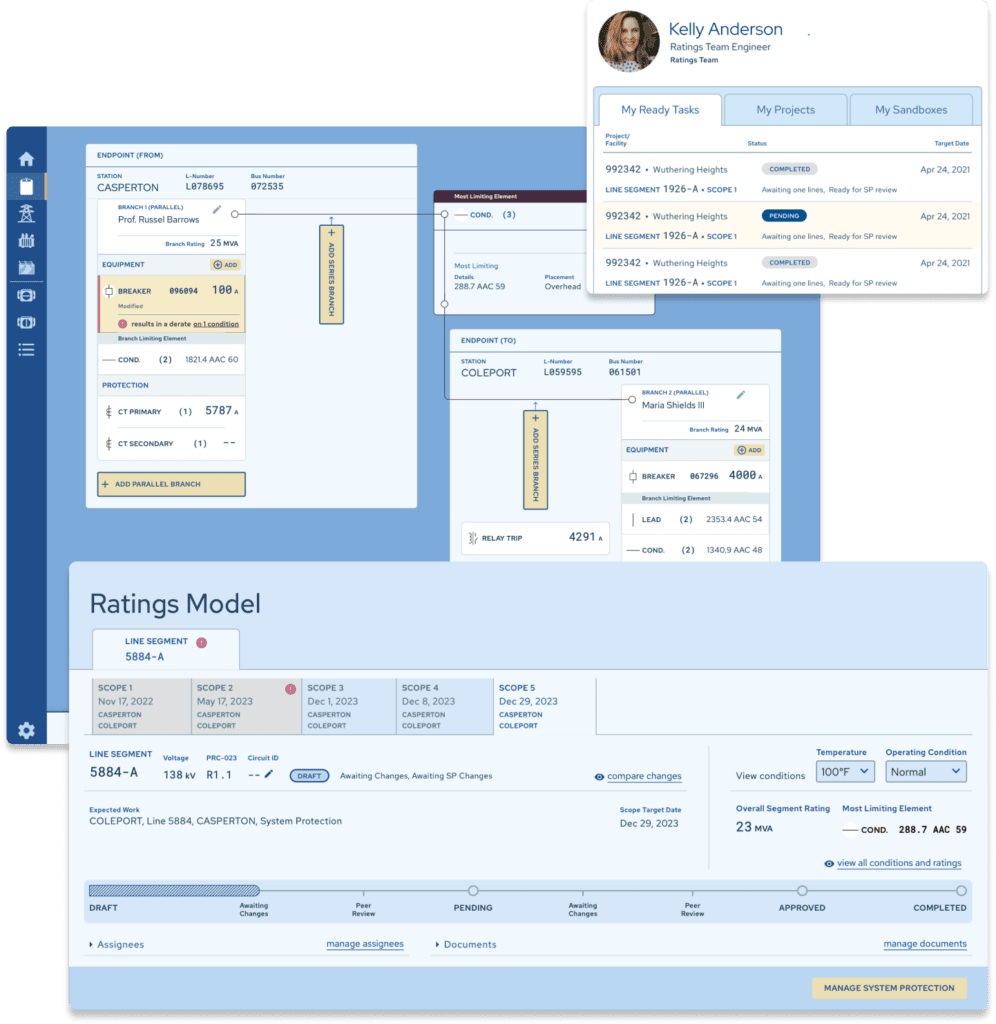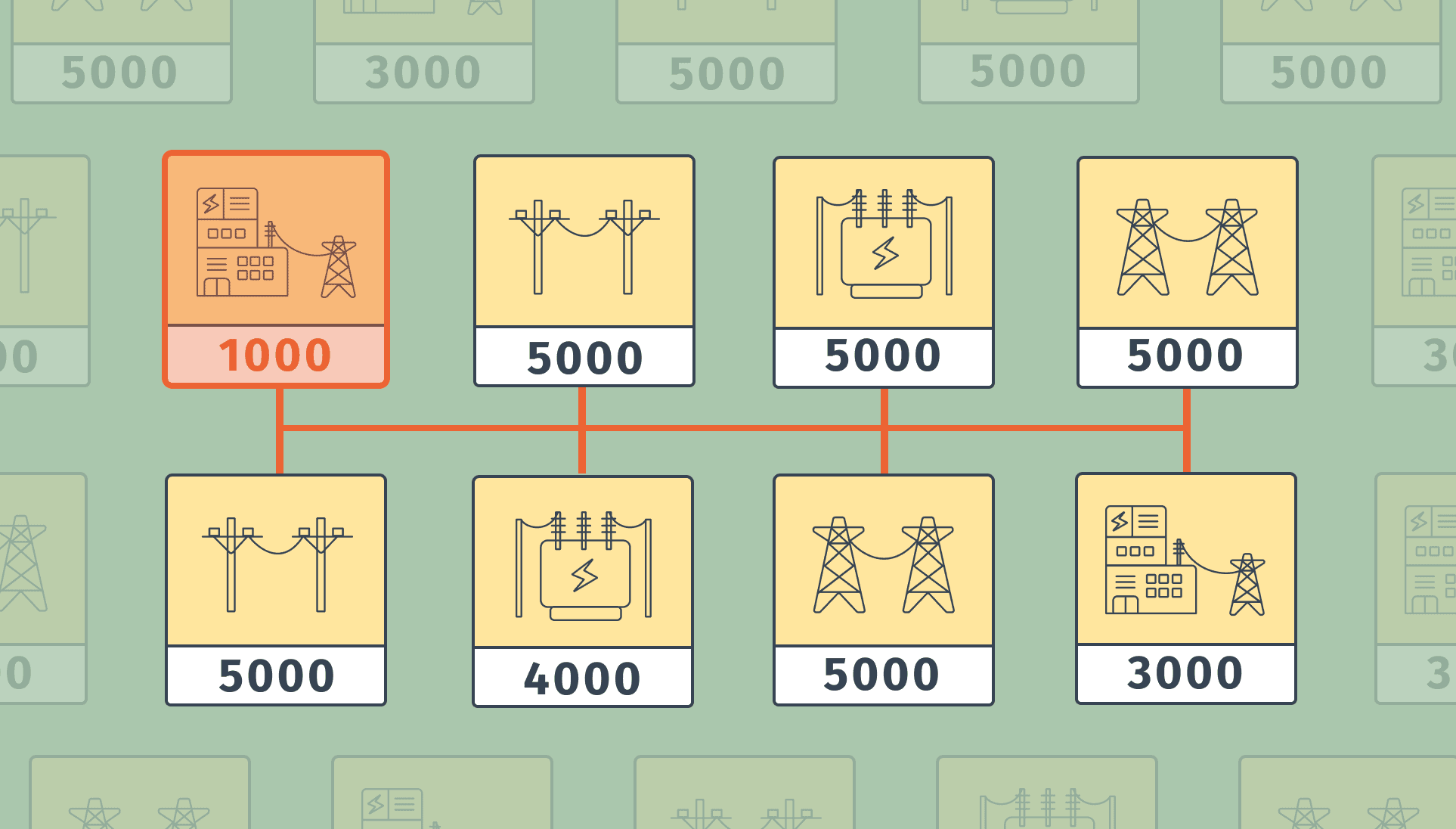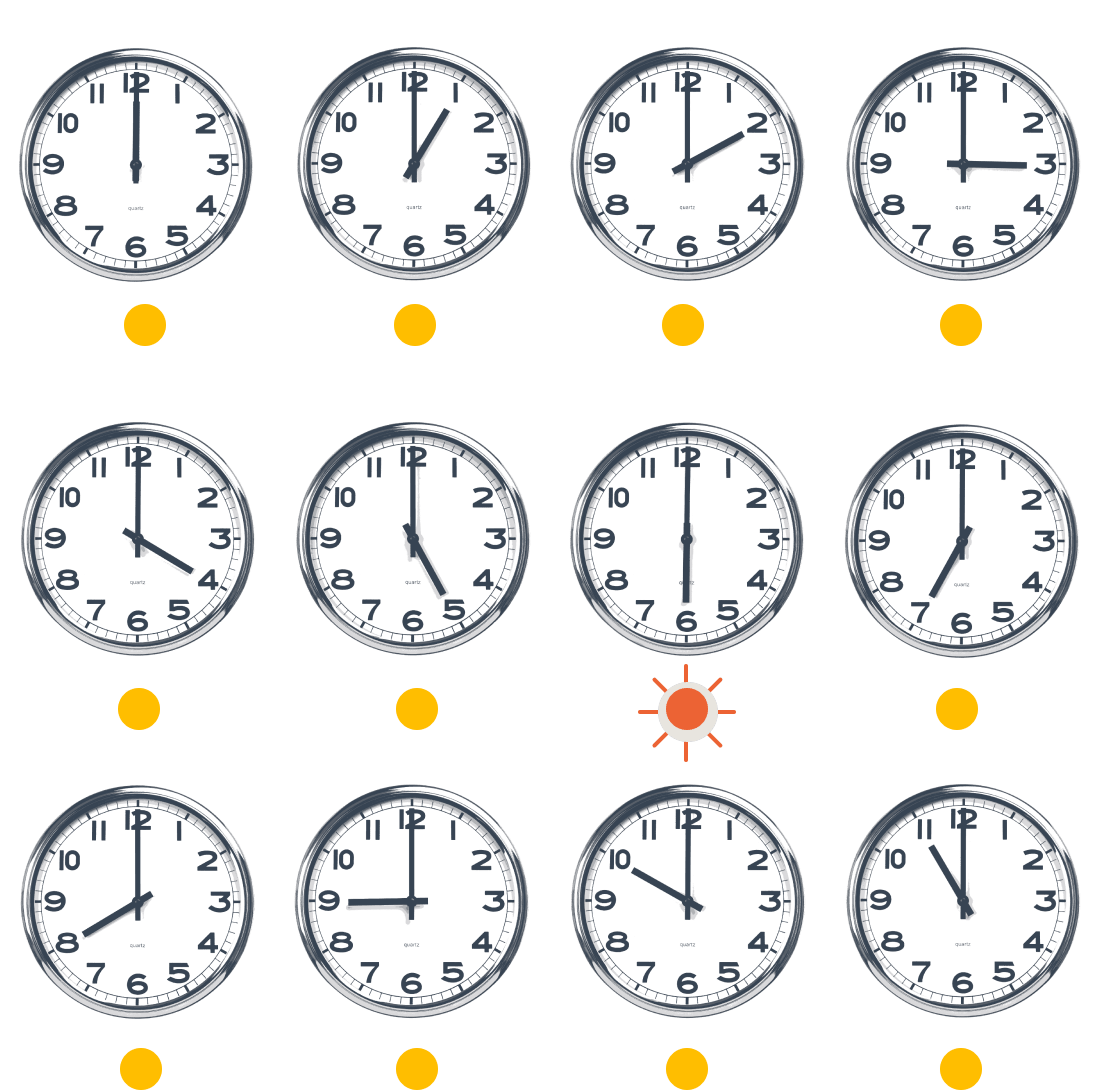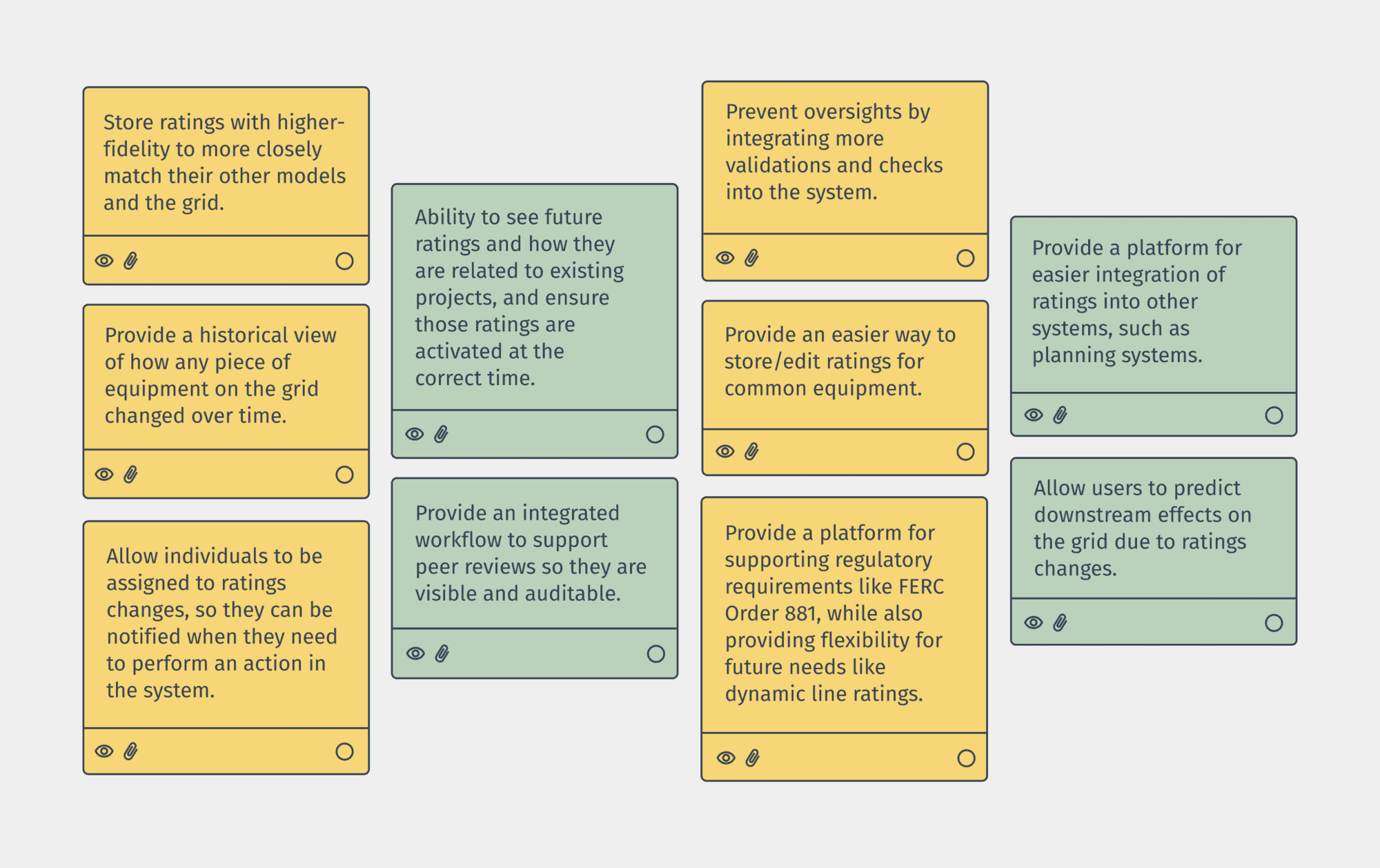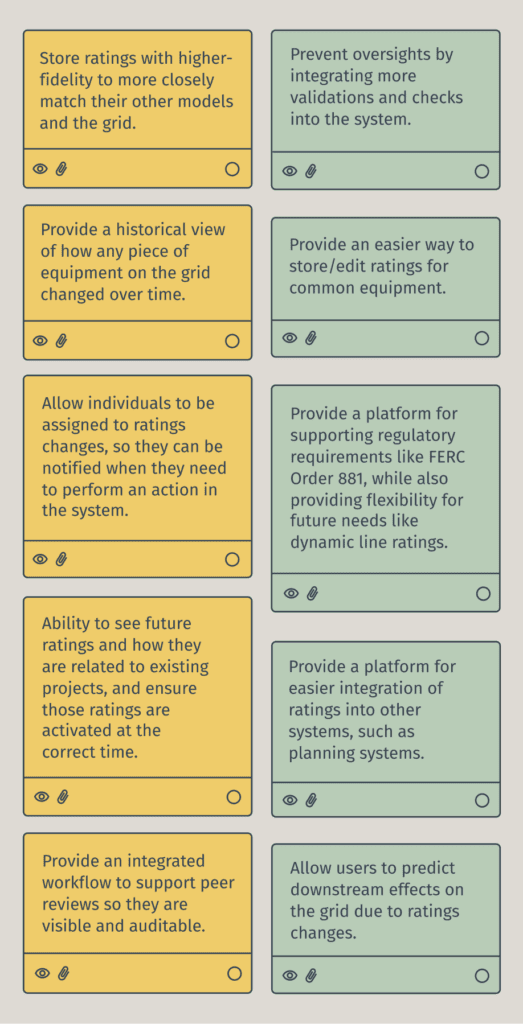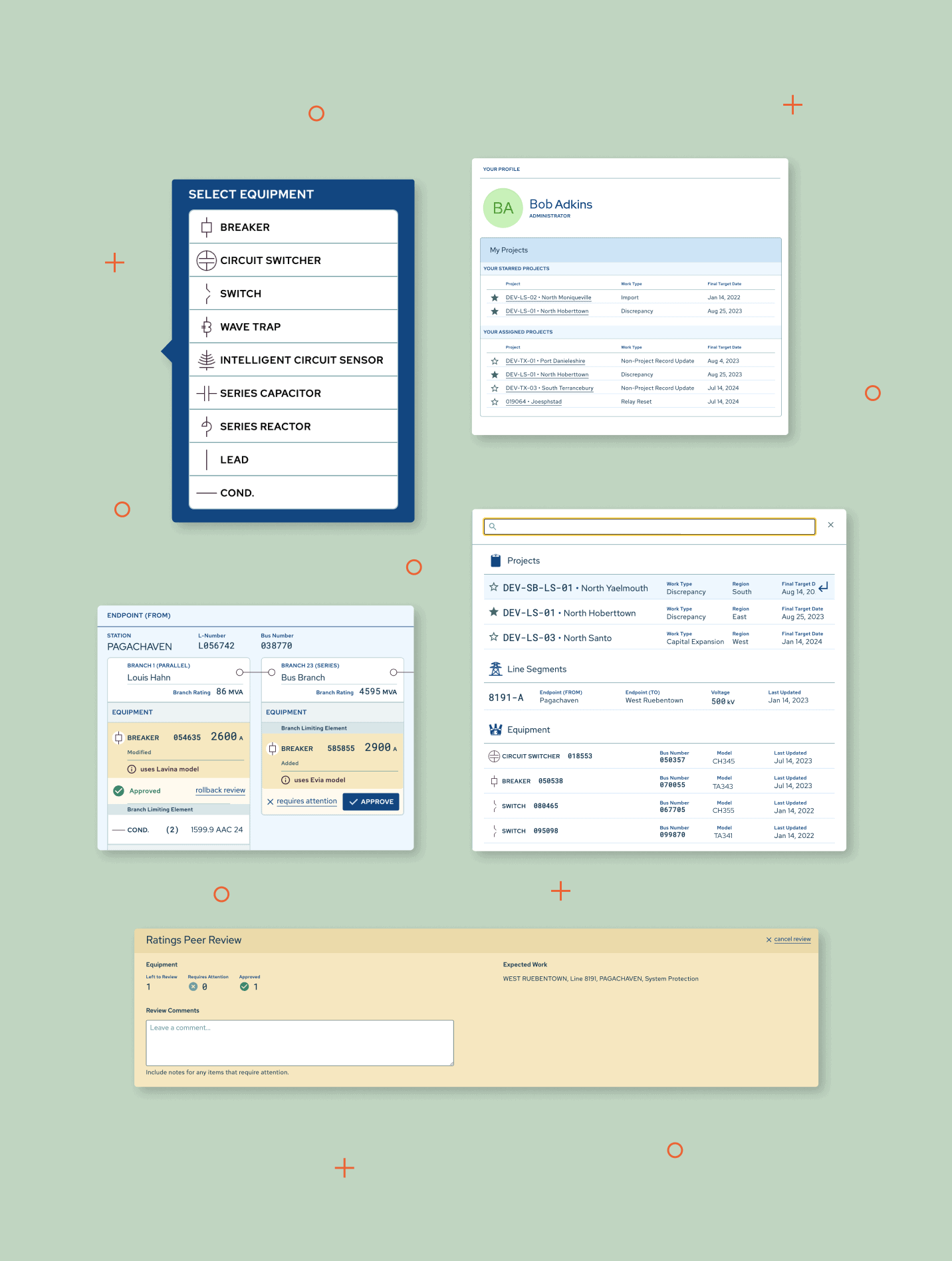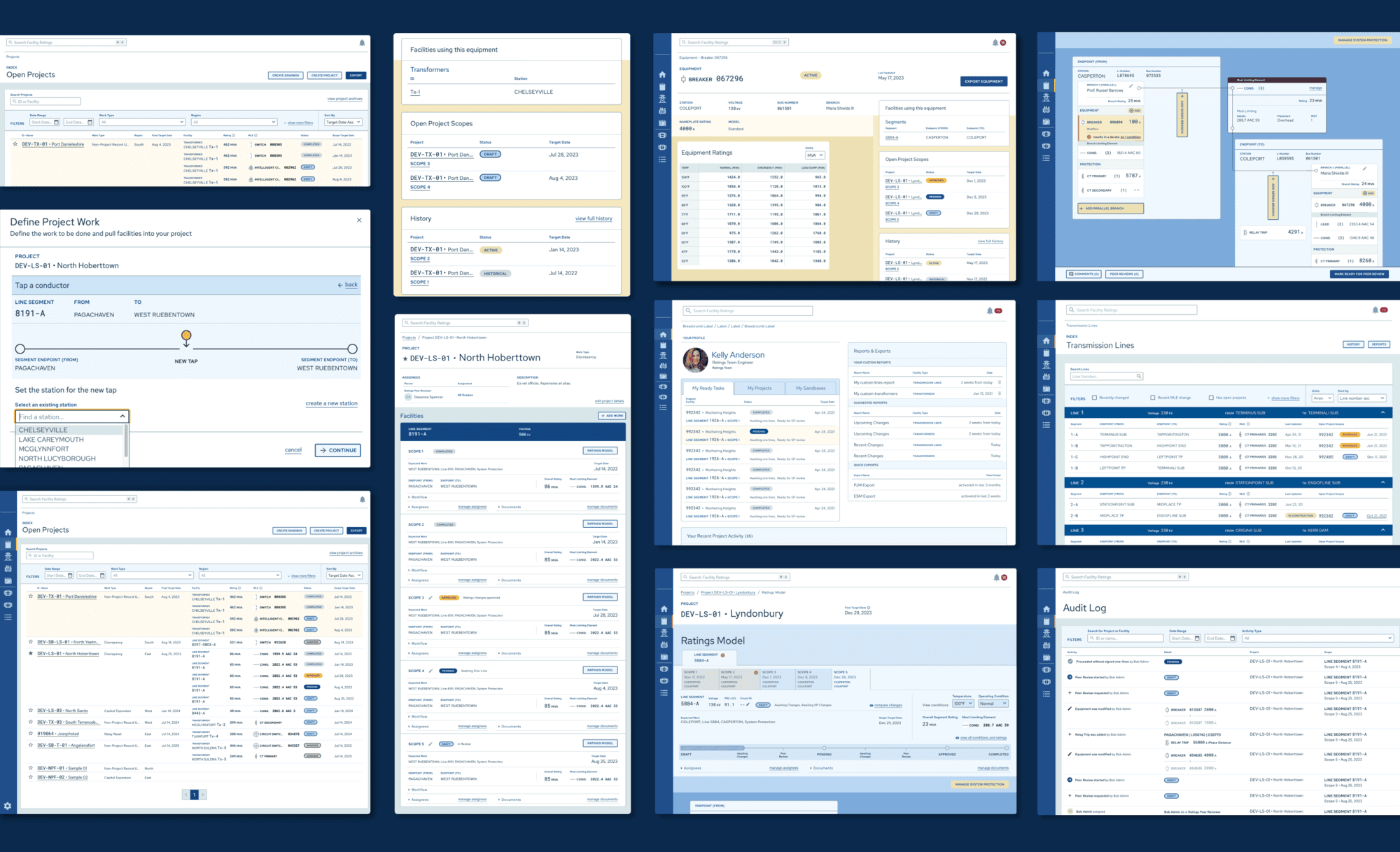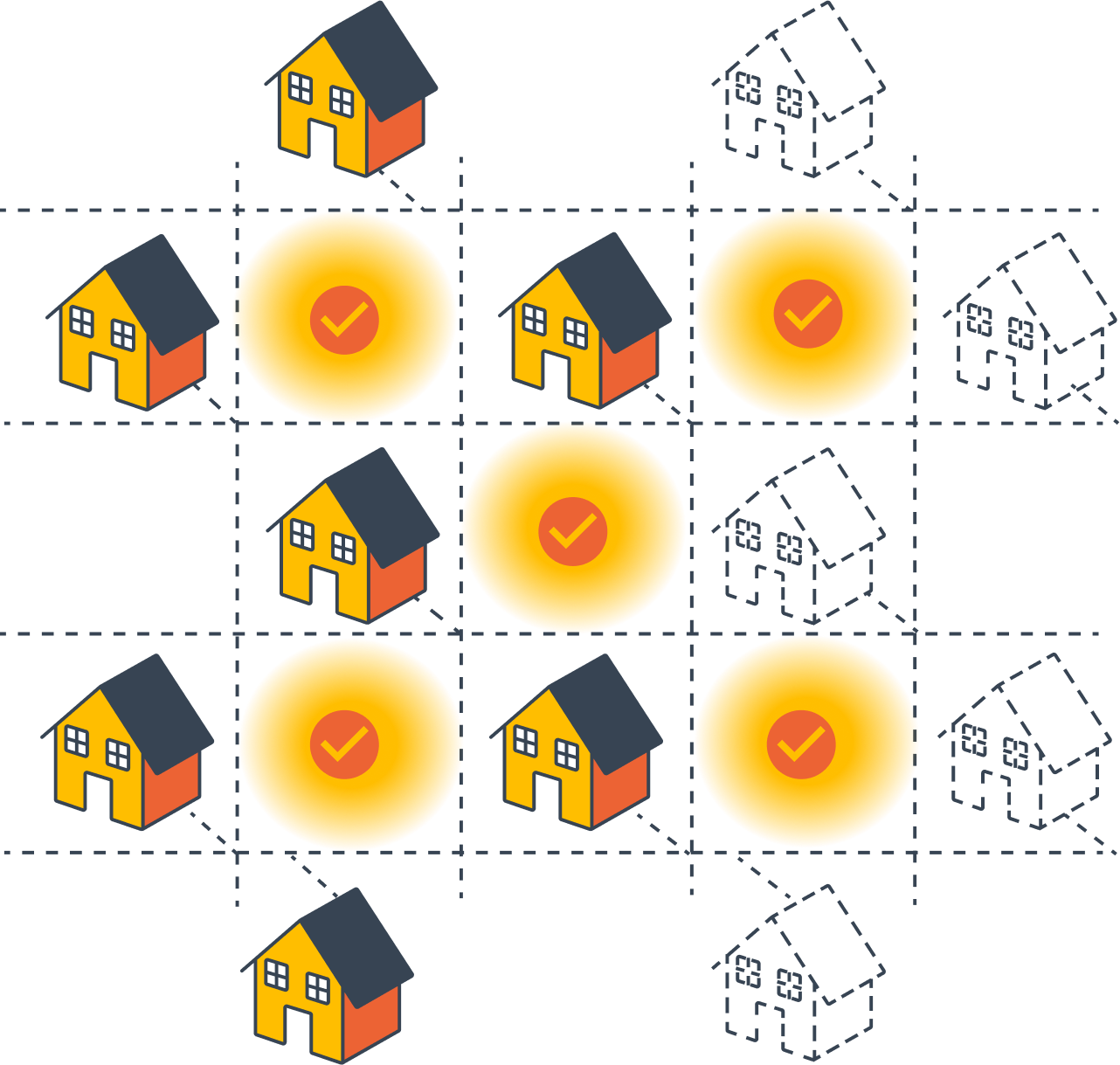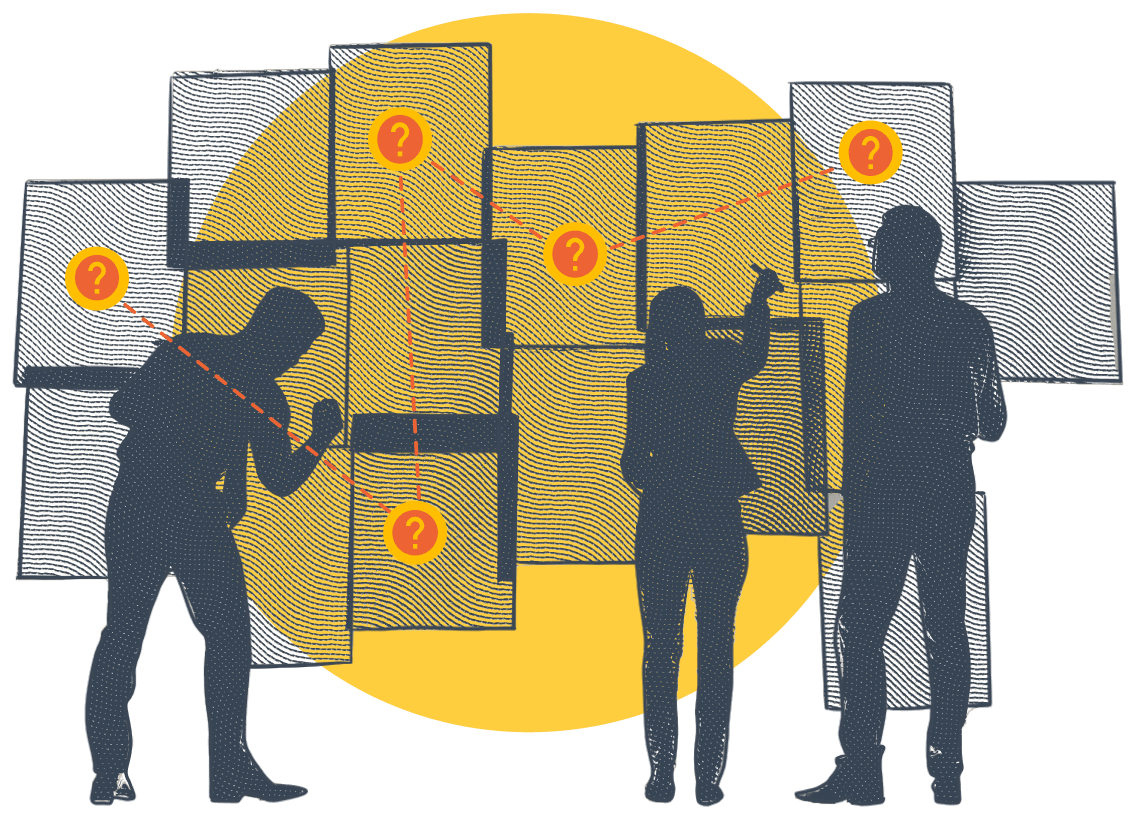The power grid is a highly complex network of connected systems that transports electricity from generation sources to our homes and businesses.
The physical infrastructure of equipment (including transmission lines, substations, transformers, circuit breakers, and more) are divided into what the industry calls facilities.
Electric transmission companies like our client are required to rate how much current a facility can safely handle and make these ratings (and the methodologies for acquiring them) available to regulators.
